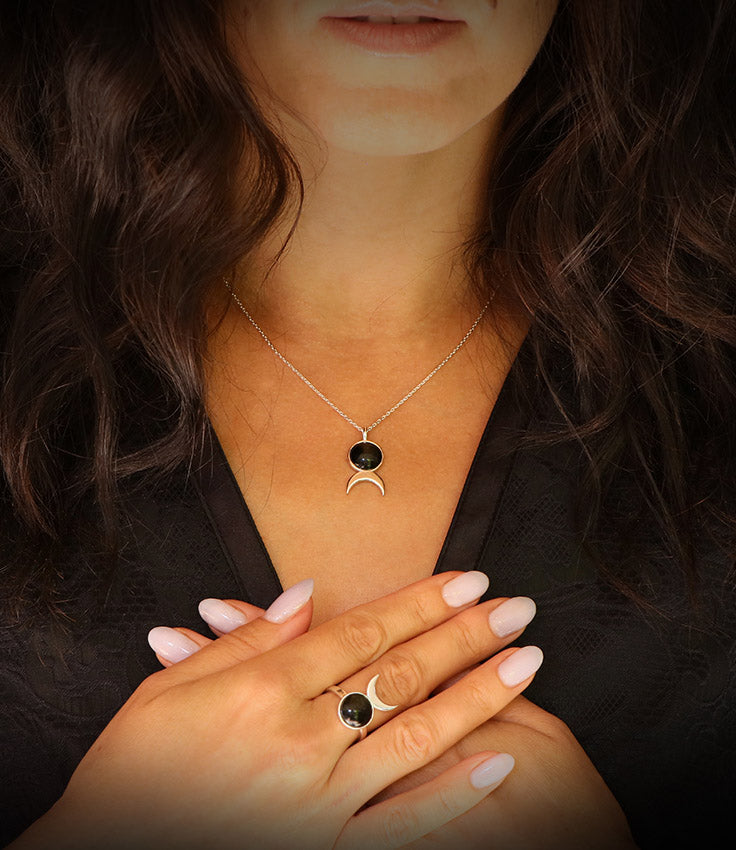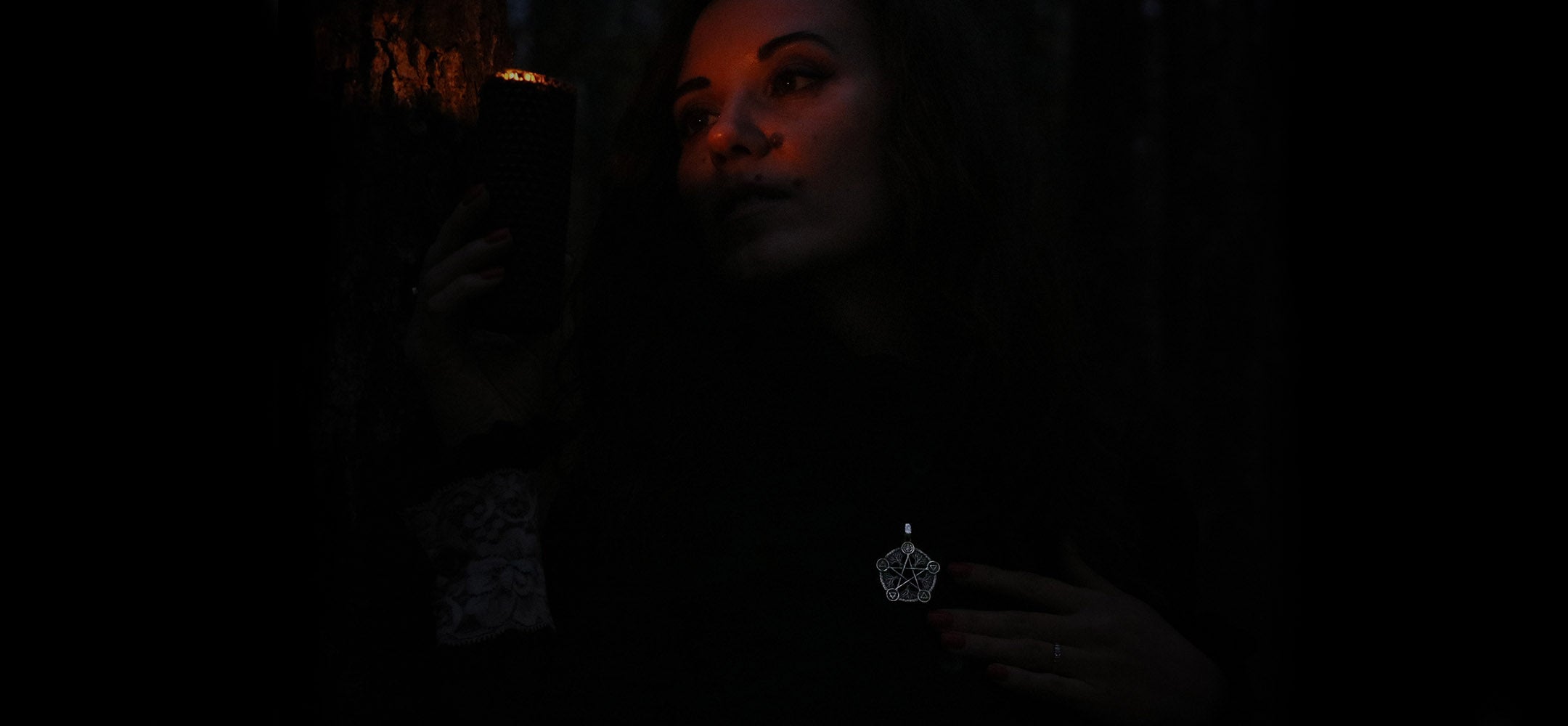- Imbolc Festival: Celebrating Fertility, Rebirth, and the Reawakening of the Earth
- The Awakening of Nature: How Imbolc Marks the Beginning of Spring and Fertility
- Brigid: The Celtic Goddess of Fertility, Fire, and Renewal at Imbolc
- Lambing Season and Livestock Fertility: Imbolc's Connection to New Life and Nourishment
- Spiritual Rebirth and Purification: Symbolism of Renewal during Imbolc
- Modern Imbolc Celebrations: How Pagan and Wiccan Traditions Honor Fertility and Transformation
Imbolc Festival: Celebrating Fertility, Rebirth, and the Reawakening of the Earth
Imbolc, traditionally celebrated on February 1st or 2nd, is an ancient Celtic festival marking the halfway point between the Winter Solstice and the Spring Equinox. It is a time of transition, when winter's grip begins to loosen, and the first signs of spring stir beneath the earth. Imbolc is deeply rooted in themes of fertility, rebirth, and renewal, embodying the awakening of both the natural world and the spirit. During this festival, the earth begins to show its readiness for new life, symbolized by early signs of growth such as the first snowdrops and other early blooms. This period of anticipation is a reminder of nature’s resilience, as the festival calls for gratitude for the coming fertility of the land, while invoking protection and blessings for future growth. The connection between Imbolc and fertility is not limited to agriculture but extends to spiritual fertility, urging participants to reflect on personal growth, transformation, and renewal for the year ahead.
The Awakening of Nature: How Imbolc Marks the Beginning of Spring and Fertility
Imbolc signifies the start of the earth's reawakening after a long, cold winter. Even though the chill still lingers in the air, signs of life begin to reemerge as the days grow longer. Snowdrops, crocuses, and other early-blooming plants break through the frozen soil, signaling nature’s readiness for new life and growth. For agrarian societies, Imbolc was a crucial time, as it marked the moment when the earth began to prepare for the planting season. Farmers would often prepare their fields and livestock for the months ahead, invoking blessings for fertility and prosperity. The symbolism of nature’s rebirth was closely tied to human fertility, with rituals dedicated to ensuring a bountiful harvest, healthy livestock, and fertile land. Imbolc, therefore, was not only a time of anticipating spring's arrival but also of recognizing the earth’s cyclical power of regeneration, from winter dormancy to the vitality of spring.
Brigid: The Celtic Goddess of Fertility, Fire, and Renewal at Imbolc
At the heart of Imbolc’s fertility rituals is Brigid, the Celtic goddess of fire, fertility, creativity, healing, and protection. As a fertility goddess, Brigid was revered for her ability to inspire growth and abundance, both in the physical and spiritual realms. Her energy is believed to spark renewal and creativity, encouraging the flourishing of new life and ideas. Traditionally, Imbolc was a time to honor Brigid by offering prayers and sacrifices to ensure a good harvest, fertile animals, and personal well-being. Brigid’s fire symbolizes both physical warmth and the inner fire of inspiration, vitality, and passion, making her a central figure during this festival. Her role in Imbolc celebrations emphasizes the deep connection between the sacredness of the earth, human fertility, and the transformative powers of creativity. During the festival, Brigid’s presence is invoked not just for agricultural blessings, but also for spiritual renewal, ensuring a fertile and prosperous year.
Lambing Season and Livestock Fertility: Imbolc's Connection to New Life and Nourishment
Imbolc is closely tied to the agricultural calendar, particularly the lambing season. As one of the first signs of new life in the year, the birth of lambs during this time embodies the festival's themes of renewal and fertility. Farmers relied on the fertility of their livestock to ensure a successful year, and the birthing of lambs symbolized the promise of abundance and nourishment. Imbolc’s association with lambing also underscores the importance of milk and dairy products, which were traditionally celebrated during this time. The milking of ewes and the nurturing of newborn lambs represent life’s cyclical nature, reinforcing the theme of fertility that is central to Imbolc. This focus on livestock fertility reflects a time of nurturing and providing for both physical and spiritual needs. As the ewes nourish their young, Imbolc reminds participants of the importance of nurturing their own growth, both in the physical world and the spiritual realm.
Spiritual Rebirth and Purification: Symbolism of Renewal during Imbolc
Imbolc is not only a festival celebrating the fertility of the land and livestock but also a time for personal and spiritual renewal. Just as the earth begins to emerge from its winter slumber, individuals use this time for inner purification and renewal. The rituals of Imbolc often center around clearing away old patterns, habits, and energies, making room for new growth. This spiritual cleansing can take many forms, including purification baths, meditation, and the symbolic burning of the previous year’s Imbolc cross. Participants focus on releasing fears, doubts, and emotional blockages, creating space for transformation. This personal purification aligns with the natural cycles of rebirth occurring in the environment and reflects the festival's broader themes of growth, renewal, and rejuvenation. Through these rituals, Imbolc serves as a powerful reminder that just as nature can be reborn each year, so too can individuals find renewal, creating new opportunities for personal and spiritual growth.
Modern Imbolc Celebrations: How Pagan and Wiccan Traditions Honor Fertility and Transformation
Today, Imbolc is still celebrated by many pagans and Wiccans, who continue to honor its ancient themes of fertility, renewal, and spiritual transformation. While the core rituals have remained largely unchanged, modern interpretations of Imbolc have expanded to include new practices, often incorporating elements of personal empowerment and transformation. One of the most common symbols of Imbolc today is the lighting of candles, representing the returning strength of the sun and the growing light that heralds the arrival of spring. For many practitioners, this is also a time to set intentions and plant symbolic seeds for the year ahead—whether these are literal, such as planting a garden, or metaphorical, such as initiating new projects or relationships. Imbolc rituals today often include creative pursuits, as many see the festival as a time to channel the fertility of the earth into artistic expression. The celebration of Imbolc has evolved to become not just a recognition of the seasonal change but a profound time of personal growth, transformation, and renewal, rooted in the eternal cycles of nature.





